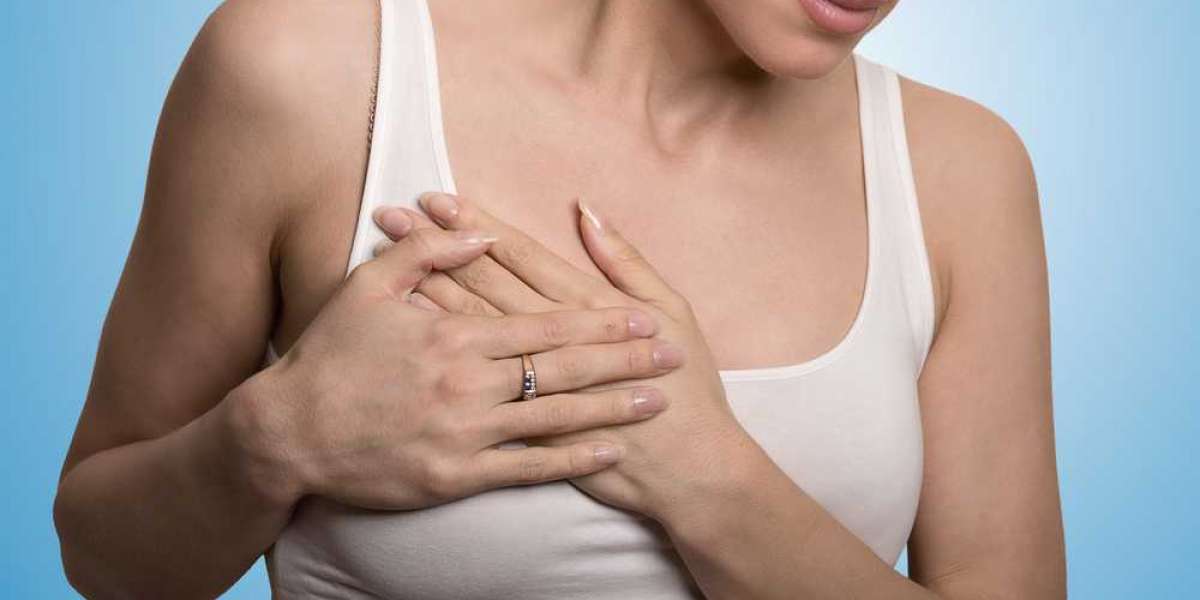While a doctor is making the diagnosis in the earlier stages, the first rule of thumb is to check for the changes in the breast. Earlier the cancer is diagnosed, less likely are the chances of it’s to the rest of the body.
There are a variety of effects noticed on the body -
A breast lump or mass
This is the most common symptom associated with breast tumors. The lump is usually irregularly shaped. It can be painful or painless. A lump or a mass is usually the first symptom noticed by a female.
Changes in the breast skin
The patient may observe swelling or redness in the skin of the breasts and may feel irritated. Sometimes the skin can also feel dimpled due to dryness.
Lymph node swelling
The patients might experience swelling and slight pain due to swelling in the lymph nodes. This is most commonly seen in the underarm. The axillary lymph nodes are the first lymph nodes where cancer from the breasts can spread to.
Other changes in the breast
The patient usually notices many changes in their breast and the surrounding tissues in the area, depending on the type and stage of breast cancer. This includes - Swelling in the breast - apart from the redness, the patient also experiences a significant swelling of the breasts.Breast pain - the pain may start in the nipple but can expand to the entire breast causing generalized pain.Thickening of the skin around breasts - The skin may become dry and cracked around the breast. Change in color of the breasts - they may become darkerFluid discharge from the nipples - This is an early sign of breast cancer. The discharge is usually clear, but can sometimes be tinged with blood also.Nipple changes - the nipples might turn inward-pointing away from the breasts
General weakness and body fatigue
As cancer progresses, there is a feeling of general fatigue experienced by the patient while doing day to day activities. This is characterized by a consistent feeling of extreme tiredness.
Unexplained weight loss
Breast cancer affects the body’s appetite, resulting in a sudden weight loss. The reason remains unidentified and is usually unintentional. However, the body weight keeps fluctuating during the treatment cycles also, mostly due to the chemotherapy.
Changes in the Immune system
The patient notices these symptoms in the later stages. Mainly because once cancer spreads to the lymph nodes, it disrupts the transmission of lymph, which result in lessened immune responses and more chances of getting infections.
Changes in the other body organs -
Liver - the patient may experience jaundice, severe abdominal bloating and fluid retention.
Lung - the patient may have a chronic cough, shortness of breath and breathing difficulties.
Bones - the patient may have pain in the joints, which also increases the risk of injuries due to weakened bone strength.
Nervous system - if cancer has spread to the brain, several nervous symptoms can be noticed - including blurry or double vision, headaches, memory loss, and more.
Diagnosis of Breast Cancer -
The diagnosis of breast cancer is done to determine how large is the tumor and how much has it spread. The patient is evaluated to find out the following
Whether the cancer is invasive or noninvasive
Size of the tumor
If lymph nodes are involved
If cancer has spread to nearby tissues
The diagnostic tests include -
Mammogram - Imaging test is done to check the breasts. Women over 40 years of age are usually recommended undergoing a mammogram once annually.
Ultrasound - This test provides pictures of the tissues in the breast, this is an easy way to differentiate between a solid mass or a cyst.
Breast Biopsy - It is the last test done, in which the doctor takes a sample of the tissue to analyze the cells.
Treatment options available -
The best breast cancer hospital in India offers multiple options for breast cancer treatment, including -
Surgery -
Lumpectomy
Mastectomy
Sentinel node Biopsy
Axillary lymph node dissection
Other options include -
Depending on the stage of breast cancer diagnosed, a treatment plan is formulated. It usually combines one surgery to remove the lump and then maintenance therapy to limit the growth of cancer to the rest of the body. These are second in line treatment modalities, which can be -
Radiation Therapy - uses high energy radiation to kill cancer cells. The latest radiation therapy are target-specific methods that cause less damage to surrounding healthy tissues, resulting in fewer side effects.
Chemotherapy - uses special drugs to kill cancer cells. Common side effects: hair loss, loss of appetite, nausea, and early menopause.
Hormone Therapy - uses drugs to target hormones and affect their interaction with cancer cells. For instance, medicine Fulvestrant reduces the estrogen binding capacity to cancer cells.
Other medications - to control the symptoms and improve the quality of life.
